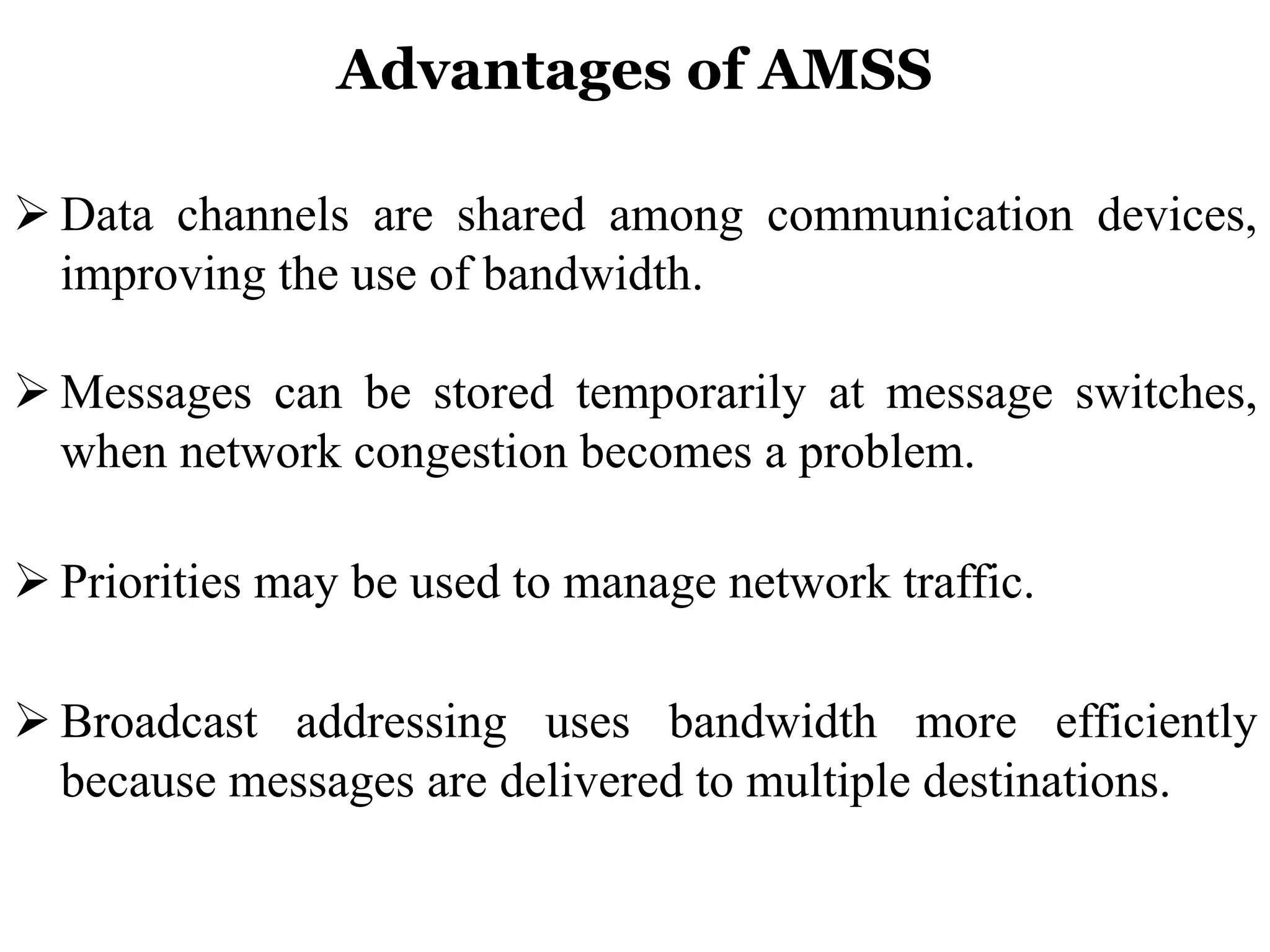AAI manages 125 airports in India and provides air navigation services over 2.8 million square nautical miles of airspace. It is responsible for communication, navigation, and surveillance facilities at airports. The key CNS facilities include VHF systems for air-to-ground communication, satellite networks, voice switching systems, navigation aids like VOR and ILS to determine aircraft position, and surveillance systems like radar. AAI aims to ensure safe and efficient air navigation through these CNS facilities.







![ AAI manages 125 airports, which include 18 International
Airports, 7 Custom Airports, 78 Domestic Airports and 26
Civil Enclaves at Defence airfields.
AAI provides air navigation services over 2.8 million square
nautical miles of air space. (1Nmile=1.852Km).
During the year 2013-14, AAI handled aircraft movement of
1536.60 Thousand [International 335.95 & Domestic
1200.65], Passengers handled 168.91 Million [International
46.62 & Domestic 122.29] and the cargo handled 2279.14
thousand [International 1443.04 & Domestic 836.10].](https://image.slidesharecdn.com/presentationoncnsaai-150819061105-lva1-app6891/75/PPt-Presentation-on-CNS-AAI-8-2048.jpg)










































